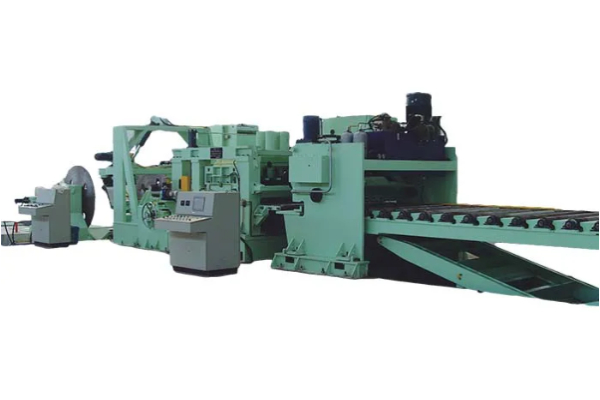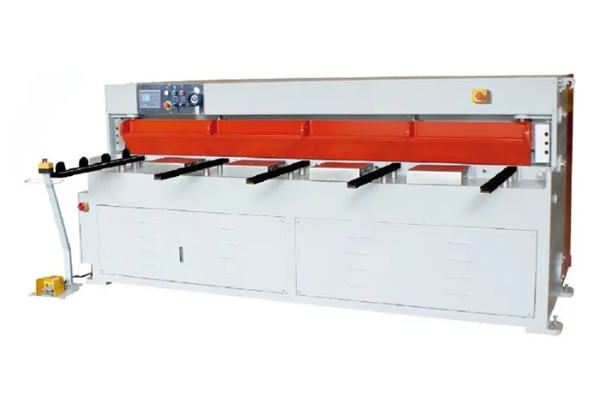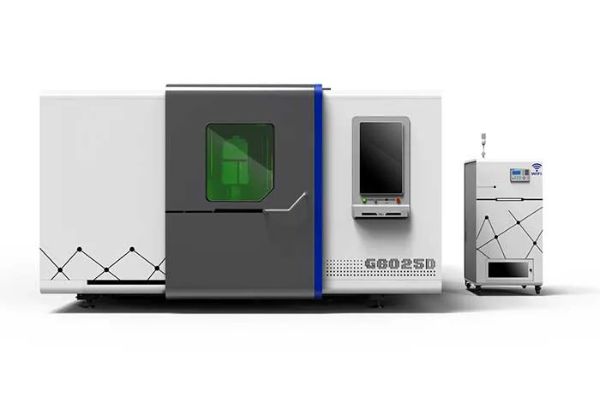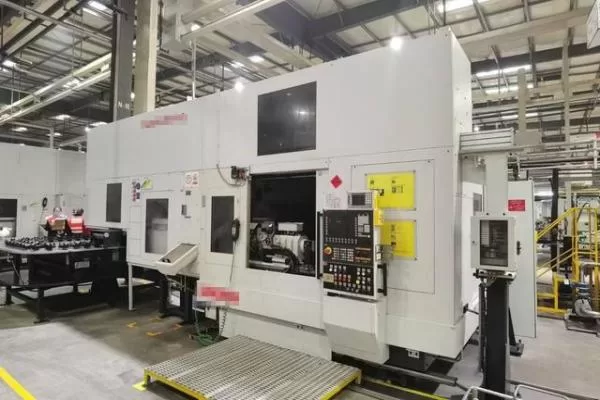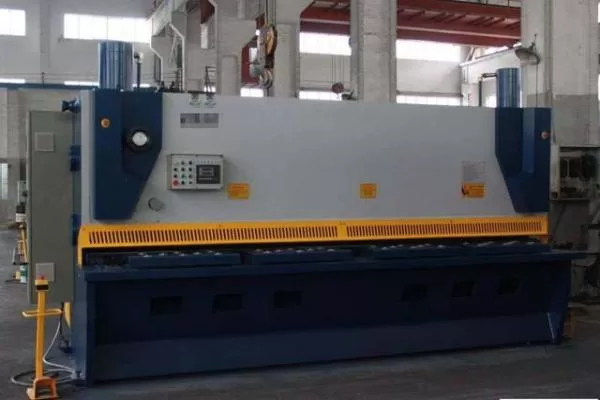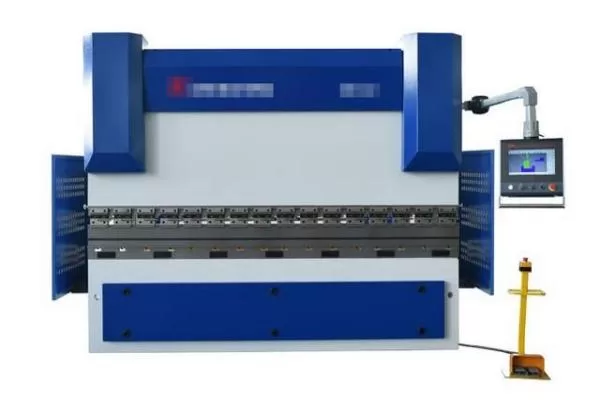
Choosing the Right Radius and Capacity for Your Curving Machine
- By:Metmac
- 2024-07-09
- 120
Selecting the appropriate radius and capacity for your curving machine is crucial to ensure optimal performance and achieve desired bending results. This article provides a comprehensive guide to help you make the right choices based on your specific requirements.
Radius: Defining Bend Radii
The radius of a bend refers to the distance from the center of the bend to the surface of the workpiece. It determines the sharpness of the bend and affects the material’s properties. Tight radii produce sharp bends, while larger radii create more gradual curves.
Choosing the correct radius is essential to avoid overbending, which can cause material damage or even fracture. It is recommended to use a radius that is at least three times the material’s thickness to minimize the risk of overbending.
Capacity: Determining Tonnage and Maximum Bend Thickness
Capacity refers to the maximum thickness of material that the curving machine can bend effectively. It is expressed in tons and determines the force required to make the bend. Heavier gauge materials require higher tonnage machines to produce the necessary bending force.
Selecting a machine with sufficient capacity is crucial to avoid overloading and ensuring accurate and consistent bending operations. To determine the required tonnage, consider the material thickness, bend angle, and material properties.
Material Compatibility: Assessing Material Composition and Properties
The material being bent significantly influences the choice of radius and capacity. Different materials exhibit varying degrees of ductility and malleability, which impact the bending process.
Some materials, such as aluminum and copper, are highly ductile and can withstand sharp bends. Others, like steel and stainless steel, are more brittle and require larger radii to avoid cracking or fracture.
Bend Angle: Impacting Radius and Capacity Selection
The desired bend angle also plays a role in determining the radius and capacity. Tight angles require smaller radii and higher tonnage machines, while wider angles allow for larger radii and lower tonnage.
Consider the final shape of the workpiece and the desired bend angle before making your selection. It is important to ensure that the curving machine can accommodate the required angle without compromising the material’s integrity.
Special Considerations: Beyond Radius and Capacity
In addition to radius and capacity, other factors may influence your choice of curving machine, such as:
Roll Configuration:
Three-roll and four-roll machines offer different capabilities for specific bending applications.
Control System:
Advanced control systems provide precise bending and angle accuracy.
Accessories and Attachments:
Additional accessories can enhance machine functionality and expand its applications.
Conclusion: Finding the Ideal Curving Machine
Choosing the right radius and capacity for your curving machine is essential for maximizing performance and achieving optimal bending results. By considering the material compatibility, bend angle, and other special considerations discussed in this article, you can make an informed decision that meets your specific requirements. The result will be high-quality bends, increased productivity, and reduced downtime.
-
Advanced Sheet Metal Rolling, Cutting, and Folding Machines for Efficient Fabrication
2025/10/22 -
High-Precision Sheet Metal Bending and Cutting Solutions for Modern Manufacturing
2025/10/22 -
High-Precision Solutions from Leading Sheet Metal Cutting Machine Manufacturers
2025/09/11 -
Reliable Sheet Metal Equipment for Sale to Support Precision Fabrication
2025/07/17
-
High-Performance Sheet Metal Equipment for Sale: Forming and Shearing Solutions for Modern Fabrication
2025/10/22 -
Precision and Performance: Advanced Sheet Metal Processing Solutions
2025/10/17 -
Advanced Sheet Metal Press, Shearing, and Forming Machines
2025/10/17 -
High-Performance Sheet Metal Laser Cutting Machines for Sale — Precision and Efficiency Combined
2025/10/17
-
A Guide to the Latest Innovations in Sheet Metal Folding Machines
2024/11/29 -
Key Features to Consider When Investing in a Sheet Metal Folding Machine
2024/11/28 -
Enhancing Precision with Advanced Sheet Metal Folding Machines
2024/11/27 -
How to Choose the Right Sheet Metal Folding Machine for Your Workshop
2024/11/26
